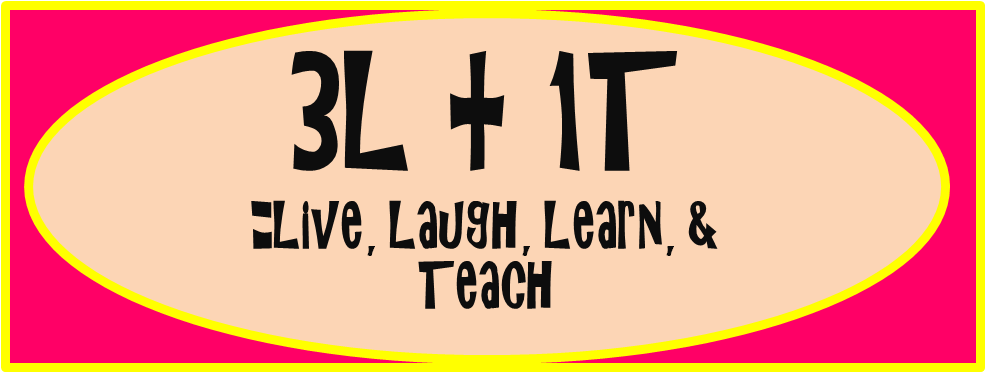The Writing Process
First ask yourself (or the standard), where you want your students to be by the end of the quarter. Do you want them to be able to write 3-paragraphs on an opinion piece, biography, or even a research paper? From there I break it down into mini-lessons (Fact vs. Opinion, topic sentences, adjectives, etc). I decide what will get my students to create great writing...what skills do they need to be successful?
My first year of classroom teaching, I had these Writing Process posters. Click here for my own version! Make sure you laminate for a lifelong tool! I hung them underneath my black board, and gave each student a clothespin with their class number on it. Everyone started on the "Writing as a Process" poster. As we worked our way through the writing process, students would move their clothespin to the stage they were currently working at. This helped me know where students were and who needed some extra help because they were a few stages behind.
Get your own set!
- Prewriting
- Drafting
- Editing (Independently, then with a partner. Partners must sign their name on the drafts)
- Revising (Independently, then with me)
- Publishing
If you look closely, you can see the majority of the class is on the 2nd stage: Drafting, but there are still a few students who are Prewriting.
Especially at third grade, I don't like holding their hands on each stage. I want them to become independent writers, as that is what is expected of them during standardized testing and the real world. Now, with that being said, I don't just say "write". I will be creating a similar project alongside them and modeling at the beginning of the lesson. I pace it out depending on how students are performing, and I may move onto showing them how to revise, and students may still be drafting.
Speaking of editing & revising...I add another round of clothespin into the mix. Students each have their own clothespin they keep in their art box (different use than the Writing Process one). I have students edit independently and then with partners first (Step #3). When they get to Step #4: Revising, they are allowed to come see me. Instead of having a long line that lasts from my desk to the door, they come put their clothespin on this sheet at my desk and I call them up when I am ready to edit with them. After much instruction and practice they know not to come put their clip up on the sheet until they have looked it over, read it aloud, and edited it until the couldn't anymore.
Get the product...HERE!
Writing Binders
So...interesting story on how I created the foundation for my handwriting and writing organization in my classroom. I didn't help create the supply list for 3rd grade, as I was still teaching 2nd grade at the time. I had not thought that far in advance anyway. I looked over the list, and realized every single one of my students was bringing a black 1-inch binder. I went into a small panic, and began asking the other teachers what they used them for. They all used them for a variety of ways, but I decided I wanted an organized binder for handwriting and writing.
After much thought, I decided to create 4 tabs to help students stay organized.
- Resources- handouts, rubrics, helpful hints, etc. For example, after our lesson on character traits, students put a variety list of traits in their binders to use as a resource later in their writing.
- Projects- This is where all of their prewriting, rough drafts, and short stories were kept.
- Handwriting- They would keep all of their handwriting practice pages and assignments in this section to have as a resource.
- Vocabulary- Students would keep their Vocabulary Matrix from each week's vocabulary words in this section.
Students were pretty good at keeping this binder organized after much explanation and practice. I would always do the hole punching ahead of time, or call students up by tables so we could put things in the binder as we created them.





